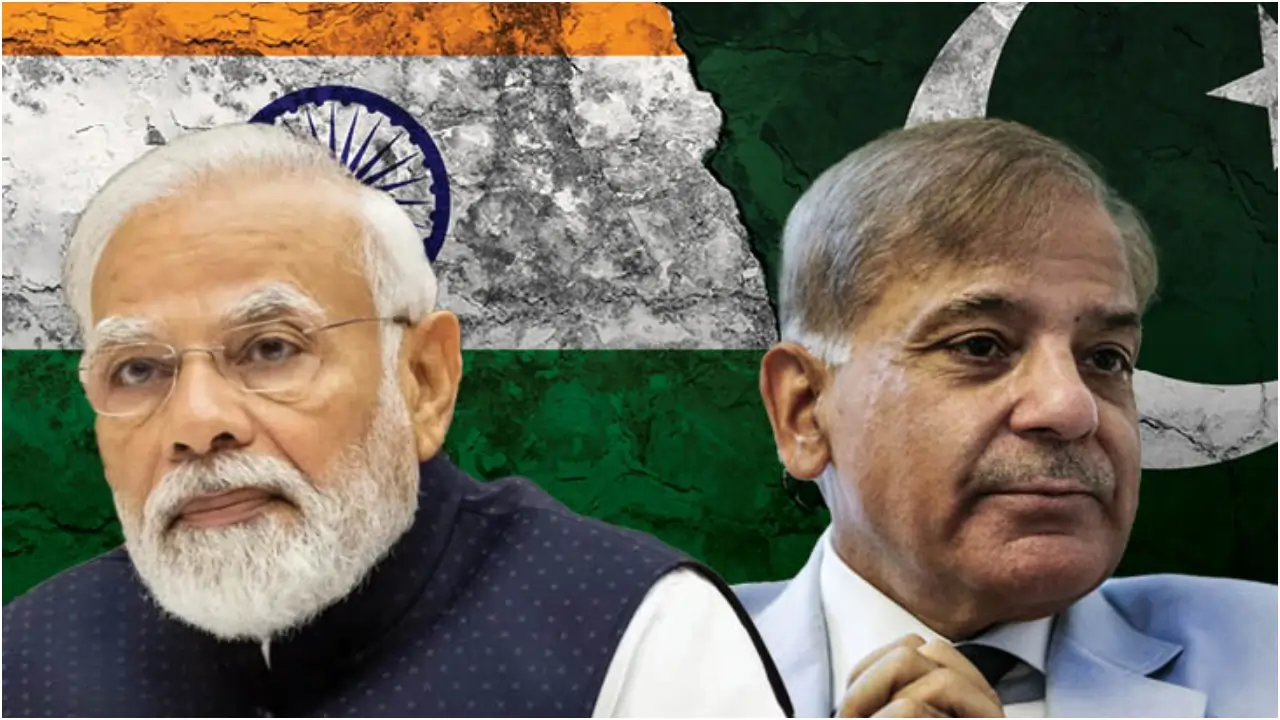The recent terrorist attack in Pahalgam, Jammu and Kashmir, has reignited tensions between India and Pakistan, pushing the two nuclear-armed neighbors toward a dangerous standoff. With India taking bold steps like suspending the Indus Water Treaty and imposing trade restrictions, Pakistan has responded with aggressive rhetoric—even threatening nuclear consequences.
This blog explores the latest developments, why Pakistan is furious, and what’s at stake for South Asia’s stability.
Pahalgam Terror Attack: A Turning Point in India-Pakistan Relations
On April 22, 2025, a horrific terror attack in Pahalgam left 28 tourists dead, drawing global condemnation. India swiftly blamed Pakistan-based terror groups, leading to a series of retaliatory measures:
- Suspension of the Indus Water Treaty (IWT) – A major blow to Pakistan’s water security.
- Ban on trade with Pakistan – India halted all imports and exports, influencing third countries to follow suit.
- Military readiness – The Indian government granted armed forces a “free hand” to respond.
Pakistan, feeling the heat, has escalated threats, including nuclear warnings, while its leaders make inflammatory statements.
Why is Pakistan Furious? Key Reasons Behind the Escalation
1. Indus Water Treaty Suspension – A Strategic Move by India
The 1960 Indus Water Treaty, brokered by the World Bank, governs water sharing between India and Pakistan. India’s decision to suspend the treaty has sent shockwaves through Pakistan, which heavily relies on rivers like the Indus, Jhelum, and Chenab.
- Pakistan’s Reaction: Islamabad warns that blocking water flow would be an “act of war.”
- India’s Stand: New Delhi argues that Pakistan’s sponsorship of terrorism justifies revisiting the treaty.
2. Economic Strangulation – India’s Trade Ban Hurts Pakistan
India’s complete trade embargo has crippled Pakistan’s economy, with third countries also avoiding Pakistani goods. This move has intensified Islamabad’s desperation.
3. Nuclear Threats – A Dangerous Escalation
Pakistani officials have openly hinted at nuclear options, raising global concerns. Experts warn that South Asia is on the brink, given both nations possess nuclear arsenals.
Is There a Risk of Full-Scale War?
Former Pakistani officials like Jamali have acknowledged the dangers, stating that rising tensions could destabilize the entire region. Pakistan has demanded an “impartial international probe” into the Pahalgam attack, suggesting Russia and China’s involvement—a claim India has dismissed.
India’s Strong Stance
- Military Preparedness: The Indian Army remains on high alert.
- Diplomatic Isolation of Pakistan: India is rallying global support against cross-border terrorism.
- Crackdown on Pakistani Players: Even Pakistani athletes and artists face restrictions in India.
What’s Next for India and Pakistan?
The situation remains volatile, with possible outcomes:
- Diplomatic De-escalation – If Pakistan reins in terror groups, talks may resume.
- Continued Standoff – More economic and military posturing from both sides.
- International Mediation – UN or major powers like the US, Russia, or China may step in.
Final Thoughts: Will South Asia See Peace or Conflict?
The Pahalgam terror attack has deepened the India-Pakistan rift, with water, trade, and security at the center. While Pakistan’s nuclear threats are alarming, India’s strategic moves indicate a no-tolerance policy toward terrorism.
The world watches closely—will diplomacy prevail, or is South Asia heading toward another crisis?
Stay Updated on India-Pakistan Relations
For the latest developments on geopolitics, security, and Indo-Pak tensions, follow our blog and subscribe for exclusive insights.







